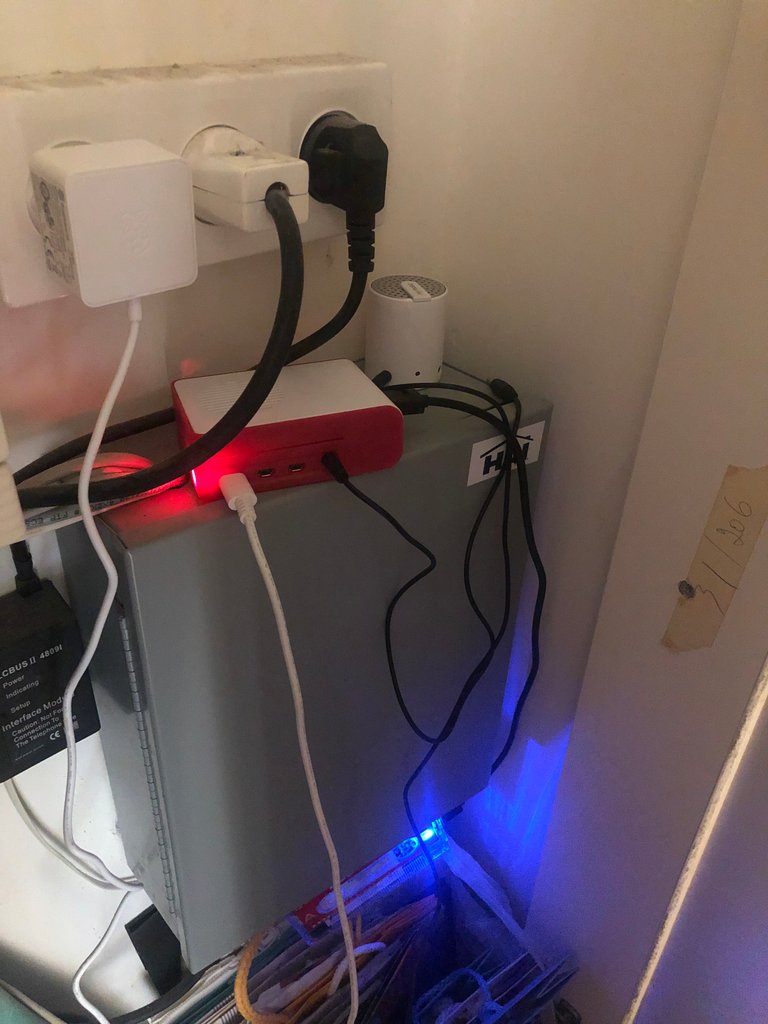Part 3 - Lightning Node Basics
In response to the first post in this series, I received the following reply on Reddit (why are BTC maximalists and Lightning avocados still using centralised censorship sites like Reddit?)

While your point isn't wrong and it's a good entry point for noobs, I'll point out a few things
Amateurs can save 90% of the effort you described and 99% perform better than manual with LNDg, >Jet, CLBOSS.
I guess I didn't really define what I meant by Amateur and perhaps a better phrase would have been casual users, not interested in going ultra deep into the tech. All the tools you mention involve deep dives into GitHub repos, cloning and reading long how-to's and even then I wouldn't say any are point and click. You probably have to be comfortable with Unix command lines or this is your way to learn that stuff.
The simple truth is that channel management, including all the good stuff like dynamic fees or auto-rebalancing, is very much only for people willing to put in a lot of hours to get to know the tools. There is no set and forget setup and I'm not sure, with all the different things you might want a Lightning node for, that this will ever exist.
There really isn't a one strategy fits all approach to Lightning at the moment: this isn't a criticism, it's a simple observation.
I paid off hardware and related costs of a 1-BTC node in a few months. Nominally profitable
Profitability is going to vary widely and a huge amount is going to rest on the opportunity cost you put on the 1-BTC upfront investment. If that is coming from cold storage and without thinking about trying to earn 3% or 4% loaning it out, the opportunity cost is low. However the security premium is a problem. Cold storage bitcoin is WAY safer than any Lightning implementation and this shouldn't be ignored.
I still haven't run across anyone who says they can consistently earn more than 2% APY from the value invested in a node. I will earn a better return from writing about Lightning on Hive than anyone can hope to earn from routing.
Most big node ops are indeed 'amateurs', SeasickDiver was running 50 btc on a RaspPi lmfao
"What Lightning actually needs is business built on it, not being a business itself."
100% disagree, LN is built atop of a liquidity market where many individual router 'businesses' >ply their trade. Until payment failure rates approach 0, there is a lot of inefficiency in this >market for individuals to leverage -- though yea, dont expect to get anywhere with 2M sats
I think we agree more than we disagree, we're arguing over semantics. Lightning does indeed need more Lightning Service Providers giving routes, liquidity and other services, but these should start to be outnumbered by real business using and transacting in Lightning just to buy and sell goods and services.
If Lightning is mostly a bunch of BTC hodlers and fans passing the same 5000 BTC back and forth amongst themselves, it isn't a useful system.
I have specifically been working on Lightning because I see that it does have huge potential to break out of crypto circles with projects like Podcasting 2.0 or the El Salvador experiment.
"Routing is going to be captured by very large centralised exchanges" Maybe, but it's disingenuous to present this as inevitable and advocate not even bothering. Exchanges represent like 30% of network capacity atm, majority of top routers are plebs. Low hanging fruit is ACINQ- fat capacity, many channels, shitty router
Acinq... One of the few wallets I consistently fail to be able to send sats to is Phoenix.
"I'm going to answer the last question above: you're not going to make money routing without a huge effort and pretty serious capital expenditure."
If folks go about it the way you did, sure. An 8gb RaspPi is like 250$? Channel-committed sats isn't an expenditure, thats more like staking. It takes very little expenditure to get a perfectly usable router setup. LN is interesting that the more you stake, the higher APY% you might expect (up to a limit, ~2-3% annual are numbers Ive seen from big rtrs)
Either way cheers!! Enjoy riding the lightning
The message I was trying to convey was that this isn't like putting two tokens together and pushing them up to Uniswap (which isn't easy or cheap). Running a routing node is manual, requires a lot of knowledge and careful ongoing management. Nodes do not run themselves. If you're really good at it, it sounds like 2-3% is the return which in and of itself shouldn't excite anyone. It's not zero trust: we all have to trust that there are not as yet unknown vulnerabilities in the entire Lightning stack.
Up next
I still have more content on Lightning specifically looking at hosting your own node at home vs cloud hosting and other options.
Support Proposal 201 on PeakD
Support Proposal 201 with Hivesigner
Support Proposal 201 on Ecency

- Vote for APSHamilton's Witness KeyChain or HiveSigner
- Vote for APSHamilton's Witness direct with HiveSigner
- Get Brave
- Use my referral link for crypto.com to sign up and we both get $25 USD
- Sign up for BlockFi
- Find my videos on 3speak
- Join the JPBLiberty Class Action law suit
- Verify my ID and Send me a direct message on Keybase
Posted Using LeoFinance Beta